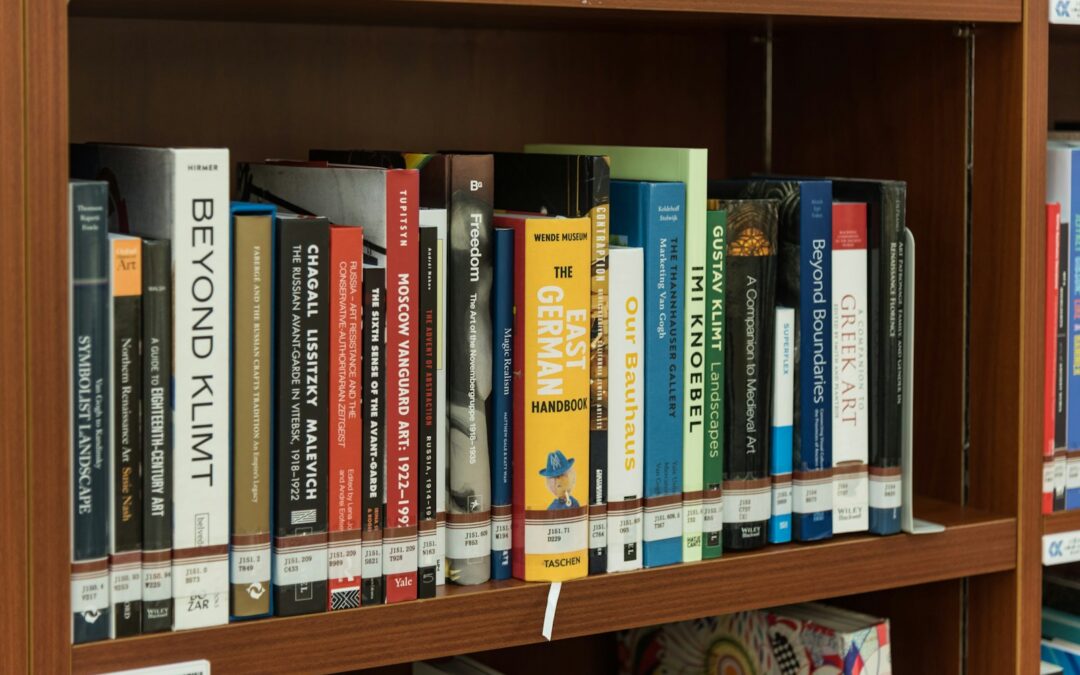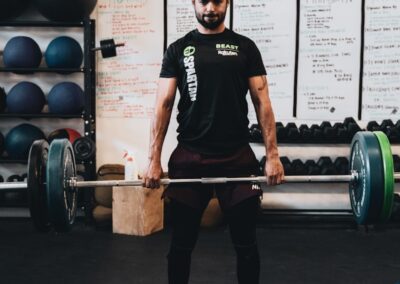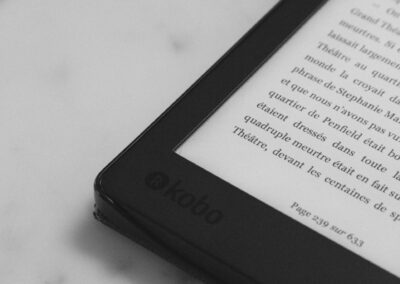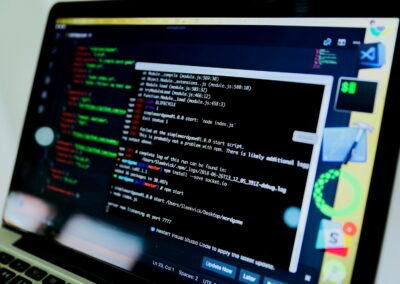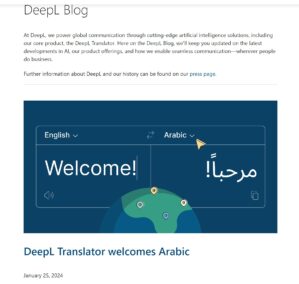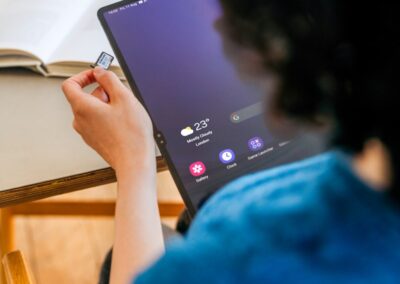Integrating Language Solutions into Virtual Fitness Experiences
The Future of Fitness: Bridging Language Gaps with VR
Virtual Reality (VR) fitness programs are revolutionizing the way people engage with exercise, offering immersive and interactive workouts from the comfort of their homes. As the VR fitness industry continues to grow, integrating real-time language translation into these programs is becoming increasingly important to cater to a global audience. This integration allows international users to participate fully in fitness programs, regardless of their native language, thereby enhancing their overall experience and accessibility.
By incorporating real-time language translation, VR fitness programs can provide instructions, feedback, and motivational cues in multiple languages. This approach ensures that users from different linguistic backgrounds can follow along seamlessly, receive accurate guidance, and stay motivated throughout their workout sessions. For example, a VR fitness program could offer workout instructions in Arabic, Chinese, Spanish, or any other language, depending on the user’s preference. This not only broadens the market reach but also fosters inclusivity and engagement.
Furthermore, VR fitness programs with language translation capabilities can facilitate communication between users and instructors in real-time. This is particularly beneficial for live-streamed classes or virtual personal training sessions, where immediate interaction is crucial. As such, VR fitness programs with real-time language translation are set to become an essential tool for enhancing user satisfaction and expanding the global user base.
Overcoming Technical Challenges in VR Fitness Translation
Implementing real-time language translation in VR fitness programs involves addressing several technical challenges to ensure a smooth and effective user experience. One of the primary challenges is achieving accurate and timely translations. This requires sophisticated natural language processing (NLP) and machine learning algorithms capable of handling various languages and dialects with high precision.
To address these challenges, developers are leveraging advanced translation technologies that combine NLP with neural machine translation (NMT). These technologies enable real-time processing of spoken or written language, ensuring that translations are not only accurate but also contextually appropriate. Additionally, integrating speech recognition and synthesis technologies allows for seamless voice-based interactions, further enhancing the user experience.
Another challenge is ensuring that translated content aligns well with the VR environment. This involves synchronizing text or audio translations with the visual elements of the VR program. For instance, translated instructions or feedback must be accurately displayed within the user’s field of view without obstructing the workout experience. Advanced spatial computing and graphics technologies play a crucial role in achieving this level of integration.
Enhancing User Engagement through Multilingual VR Fitness Programs
User engagement is a critical factor in the success of VR fitness programs. Providing multilingual support through real-time language translation can significantly enhance user engagement by catering to a diverse audience. In regions such as Saudi Arabia and the UAE, where a high level of cultural and linguistic diversity is present, offering VR fitness programs in multiple languages can attract a broader user base and foster a more inclusive fitness community.
To enhance user engagement, VR fitness programs should focus on creating a personalized experience that accommodates individual language preferences and fitness goals. This includes offering customizable language settings, where users can choose their preferred language for instructions, feedback, and interaction. Additionally, incorporating culturally relevant content and exercises can further resonate with users from different backgrounds.
Feedback and user experience play a crucial role in refining multilingual VR fitness programs. Gathering feedback from users about their language preferences, translation accuracy, and overall experience can provide valuable insights for continuous improvement. Regular updates and enhancements based on user feedback ensure that the VR fitness program remains effective and engaging for a global audience.
Strategic Implementation of VR Fitness Programs with Language Translation
Expanding Market Reach through Localization
For VR fitness programs to thrive in a global market, effective localization strategies are essential. Localization goes beyond mere translation; it involves adapting the content, user interface, and overall experience to align with the cultural and linguistic preferences of different regions. In markets like Saudi Arabia and the UAE, where there is a high demand for personalized and culturally relevant fitness solutions, localization can significantly enhance market reach and user satisfaction.
Developers should collaborate with local experts and translators to ensure that the VR fitness program is accurately localized for different languages and cultures. This includes adapting workout routines, instructions, and visual elements to resonate with local preferences and customs. Additionally, localized marketing strategies and customer support can further enhance the program’s appeal and accessibility.
Integrating Feedback and Continuous Improvement
To ensure the success of VR fitness programs with real-time language translation, it is crucial to establish a system for gathering and analyzing user feedback. This feedback can provide valuable insights into the effectiveness of translations, user satisfaction, and areas for improvement. Developers should implement mechanisms for users to easily provide feedback on their experience with language translation and overall program functionality.
Continuous improvement based on user feedback is essential for maintaining the program’s relevance and effectiveness. Regular updates and enhancements should be implemented to address any issues or shortcomings identified by users. This iterative approach ensures that the VR fitness program evolves to meet the needs of a diverse and growing user base.
Conclusion: Embracing VR Fitness with Language Translation for Global Success
Integrating real-time language translation into VR fitness programs offers a powerful solution for enhancing communication and engagement for international users. By overcoming technical challenges, focusing on user experience, and implementing effective localization strategies, VR fitness programs can expand their global reach and provide a more inclusive and satisfying fitness experience.
As technology continues to advance, VR fitness programs with real-time language translation will become increasingly important in catering to a diverse and global audience. Embracing these innovations will not only enhance user satisfaction but also drive the success of VR fitness programs in the competitive market.
—
#VRFitnessPrograms #RealTimeLanguageTranslation #VirtualRealityFitness #GlobalFitnessSolutions #LanguageTranslationInVR #ARFitnessTech #InclusiveFitnessPrograms #SaudiArabiaFitnessTech #UAEVirtualFitness #CulturalAdaptation #UserEngagement #ContinuousImprovement

